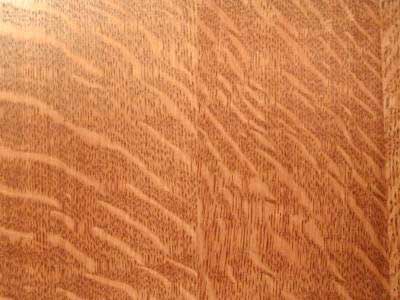If you can cut equal dovetails, then you can cut decorative ones. It's only the sizing of the tails / pins that is different really.Hi Dave54,
Thanks for your reply. However, the last time I did a dovetail joint was 22 years ago at school woodwork, lol. As for 'decorative' dovetail joints, that would be on another planet when it comes to my expertise. To be honest, I was thinking of locking cam bolts, as an amateur, as long as it fits tight enough.
Kind regards,
Datadiyer
As Harbourwoodwork says they look classy. Really lift any piece out of the "ordinary"
If I was buying oak to make those cabinets, and looking at the prices you must be over £1000 there for English oak panels, then personally I'd want something that was a bit more solid than locking cam bolts. Biscuit joints would be a better option IMO. Most joinery places would do that for you.
Personally if I were you I'd do a set of drawings for this and decide exact sizes and exactly how it was all going together. Make a cutting list too. Mistakes on paper are cheaper than those in oak!


